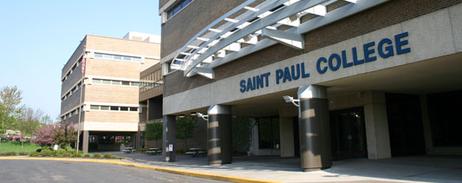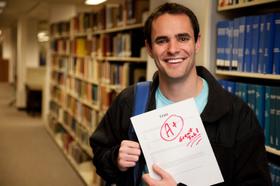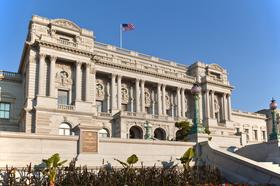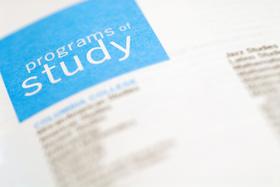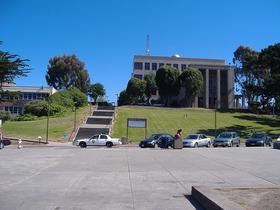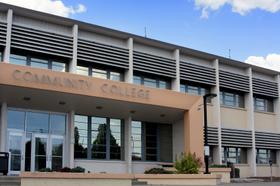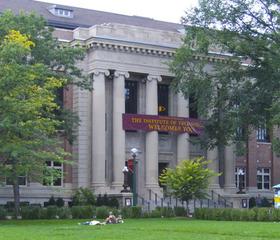The rankings are out from Washington Monthly, giving prospective students and their parents a snapshot of some of the top-performing community colleges in the country for 2013. This publication is one of the few that includes community colleges in their overall rankings of postsecondary institutions. In addition, the publication uses slightly different criteria for ranking schools, which may make this list noteworthy to those trying to gain a complete picture of a community college before shelling out that first tuition payment.
Unique Metrics Set New Rankings Apart
According to the Christian Science Monitor, one of the factors that sets the Washington Monthly rankings apart from the rest is the somewhat unique metrics used to rate colleges. Instead of focusing merely on admission difficulty and reputation, this ranking system uses criteria like commitment to research and service, and social mobility. The publication also includes a “best bang for your buck” category for four-year schools that ranks them according to the price paid for a degree vs. what graduates can expect to get back in return.
The fact that Washington Monthly provides a ranking of community colleges also sets this annual list apart from the rest. Although two out of every five college students opt for community college after high school, few ranking systems provide this type of information for these schools. However, as community colleges continue to increase in popularity among high school graduates and working adults alike, the need for this type of information grows as well.
Benchmarks from CCSSE
The Washington Monthly website explains that criteria for ranking community colleges were based on data from two key sources: the Community College Survey of Student Engagement (CCSSE) and the U.S. Department of Education. The CCSSE’s annual survey is administered during the spring semester and primarily involves returning students. The survey is made up of questions involving student behavior and institutional practices that directly impact the learning environment and student retention.
Five categories of questions on the CCSSE annual survey were used to form five benchmarks for ranking schools. Those five benchmarks included:
- Active and Collaborative Learning
- Student Effort
- Academic Challenge
- Student-Faculty Interaction
- Support for Learning
It should be noted that CCSSE has posted a statement on its website in response to the Washington Monthly rankings. CCSSE asserts that the publication has misused their data to compare institutions in a way that is nearly impossible to do on an accurate level. The CCSSE promotes transparency of institutional performance and accountability for improvement as the best means for providing the highest possible quality level in education.
In this video from the Center for Community College Student Engagement, students discuss their favorite classes and favorite instructors.
Benchmarks from the U.S. Department of Education
The U.S. Department of Education measures rates of student retention and completion at community colleges. First-year retention rates are defined as the number of students who enroll during the fall semester and are still enrolled the following fall semester. It also includes students that earned a degree or certificate during that one-year window. This office also tracks the number of first-time, degree-seeking students that graduate or transfer to another school within three years of their initial enrollment, as well as the number of degrees or certificates a school awards.
Benchmarks from the U.S. Department of Education data for the Washington Monthly ranking included:
- First-Year Retention Rate
- Three-Year Graduation/Transfer Rate
- Credentials Awarded (per 100 full-time or equivalent students)
This video reports on an initiative to increase community college graduation rates and retention.
Who Took the Top Spots?
The Huffington Post reports that St. Paul College in St. Paul, Minnesota has taken the top spot in the 2013 rankings. The school also enjoyed the number one spot for the 2010 rankings by the publication. Formerly known as a vocational high school, the Saint Paul Technical and Vocational Institute, the school changed from high school to college status in 2002.
The rest of the top 10 schools in this year’s Washington Monthly rankings include:
- North Florida Community College, FL
- North Dakota State College of Science, ND
- Wisconsin Indianhead Technical College, WI
- Lawson State Community College, AL
- Missouri State University-West Plains, MO
- Western Wyoming Community College, WY
- Capital Area Technical College, LA
- Snow College, UT
- North Central Missouri College, MO
Unlike St. Paul College, Lawson State Community College in Alabama has come a long way up since the 2010 rankings, when the school took the 39th position. Lawson is the only school in Alabama to make it to the top 50 list from the publication as well. Al.com reports that the school was also recognized by the White House in 2011 as a “Champion of Change,” due to their commitment to training programs for low-income and minority students. Lawson was also named a “military-friendly” school in 2013 by militaryfriendlyschools.com.
The new Washington Monthly rankings are timely, considering President Obama recently called for a new ranking system for postsecondary institutions. According to the Christian Science Monitor, President Obama has launched an initiative to tie federal funding of for student aid to school performance.
This video reports on how new student loan legislation signed by President Barack Obama will lower borrowing costs for millions of Americans with college debt.
“There are schools out there that are terrific values,” President Obama explained in the Christian Science Monitor. “But there are also schools out there that have higher default rates than graduation rates. And taxpayers shouldn’t be subsidizing students to go to schools where the kids aren’t graduating. We’re going to start rating colleges not just by which college is the most selective, not just by which college is the most expensive, not just by which college has the nicest facilities – you can get all of that on the existing rating systems. What we want to do is rate them on who’s offering the best value so students and taxpayers get a bigger bang for their buck.”
For a complete list of the Washington Monthly 2013 rankings, click here.
Questions? Contact us on Facebook. @communitycollegereview

